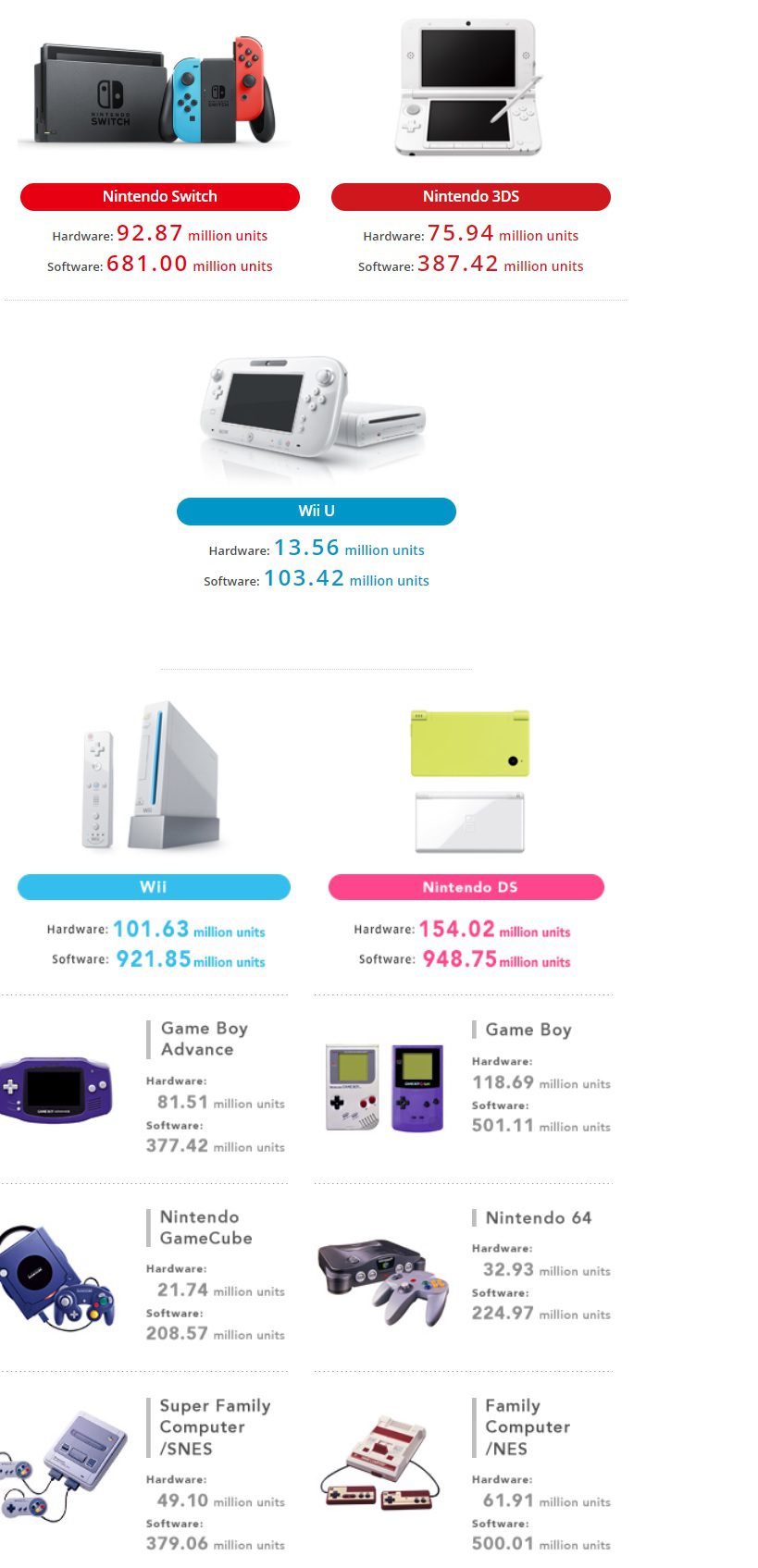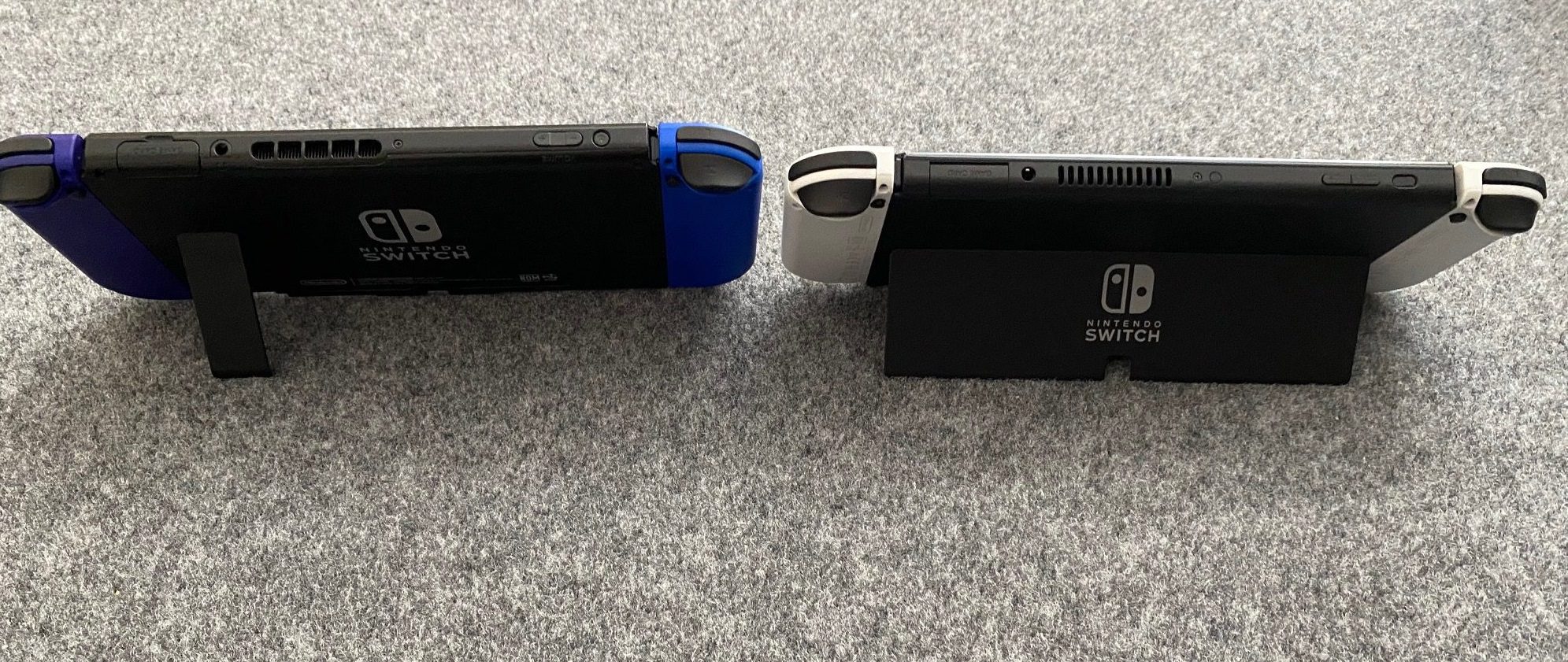Wii want to buy
Nintendo had a bonafide hit on their hands with the Wii, when every aunt and grandpa in America seemingly had Wii Sports and Wii Fit. They’ve been chasing that success ever since. But now things are a bit different with the Nintendo Switch, which is taking the place of both a home console and a portable: the latter of which has traditionally been very successful, especially in Japan. It was a foolproof combination to avoid a Wii U-like gambit. Now, Nintendo is celebrating 92.87 million Switch hardware units sold as of September 30, 2021: even if sales have been slowing down.
Yep, despite hitting the 92 million and change Switch hardware units mark, Nintendo themselves note that sales have been declining year over year, yet remain “at a high level,” which is “in line” with their current expectations. Part of this is put at the feet of the semiconductor situation, which is impacting hardware production.
But the decline includes the mobile side, which explains why they’re shuttering games and jamming gacha into more projects:
“Royalty income increased year-on-year, but income from smart-device content decreased, with the result that overall sales in our mobile, IP related business declined by 4.6% to 25.5 billion yen.”
Amid all this, we still have the transparent breakdown of Nintendo’s entire hardware timeline on top of the Switch hardware units numbers. On the investor relations site we have data from every generation, and can start putting the story of the Switch together. At nearly 93 million units (a goal that has surely been hit if you add October into the mix), it’s only eight million away from approaching the Wii and becoming Nintendo’s best-selling console of all time.
It’s also a great reminder of just how dominant the Nintendo DS was, pushing 154 million units on its own and lording over every other handheld: even the Game Boy (which is combined with the Game Boy Color). We’re also reminded of the slower GameCube and Wii U eras, and how they measure up to everything else.



